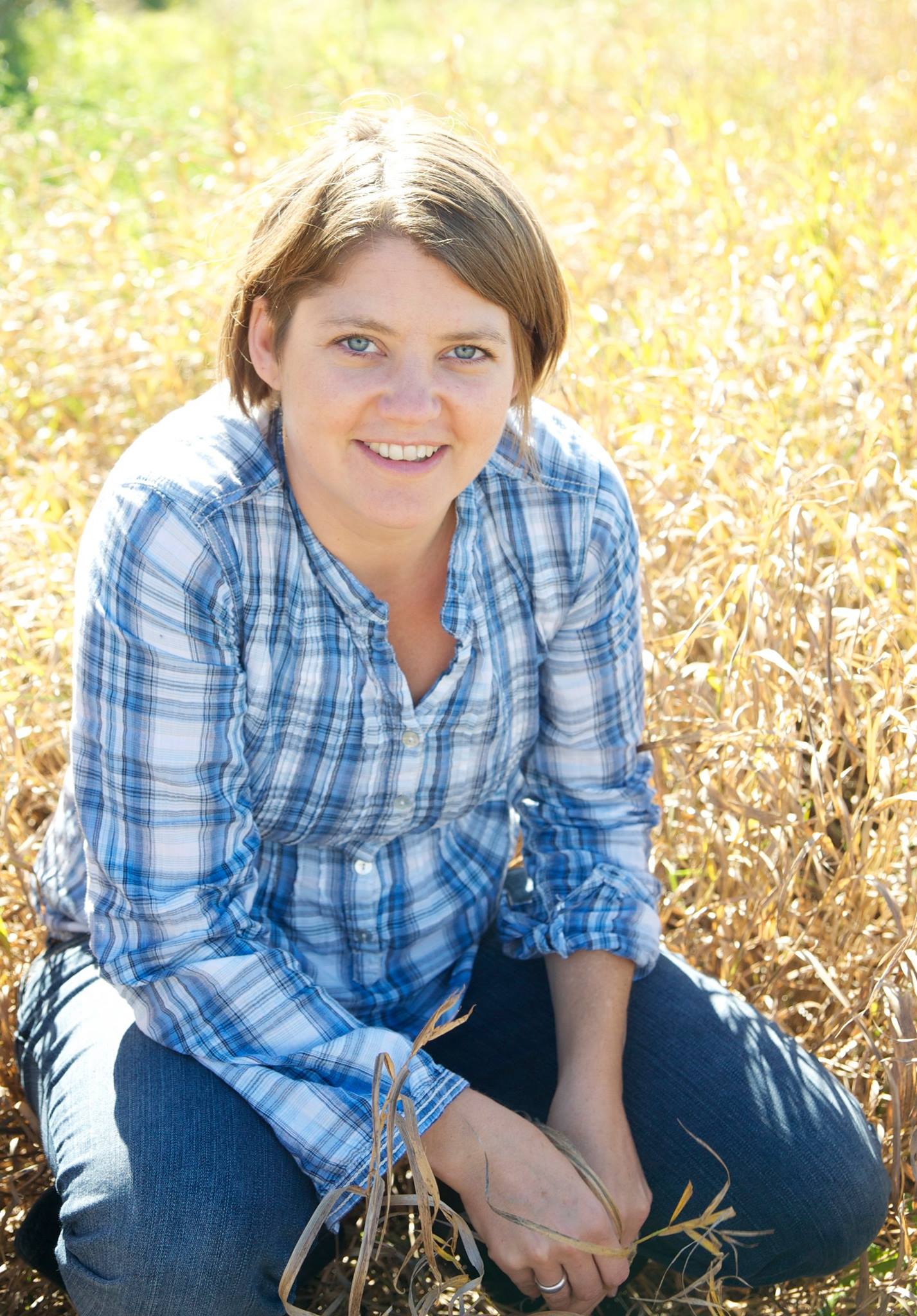



IEC 2024: In-ovo sexing technology economics show improvement
Peter van Horne, poultry economist at Wageningen UR, provides an economic updatePeter van Horne, Poultry Economist at Wageningen University & Research, spoke with The Poultry Site’s Melanie Epp at the International Egg Commission (IEC) Business Conference in Edinburgh, Scotland. Van Horne provided an economic update on the adoption of in-ovo sexing technology in countries that have pledged to end the culling of day-old male chicks.
Since in-ovo sexing technology first hit the market, much has changed. In his IEC presentation, Van Horne focused on three key developments that have helped shape this evolving space since 2022: changing legislation in Germany, the decreasing price of in-ovo sexing technology, and technological improvements that have led to a decline in the number of male hens being produced for meat.
The adoption of in-ovo sexing technology began in Germany where legislation banning the culling of day-old male chicks was introduced in January 2022. Initially, legislators said that in-ovo sexing technology must be able to determine chick embryo sex by day 7 of development. However, that was later amended to day 12.
“There was evidence that on day 12 there was no brain activity in the embryo,” said Van Horne.
The research that led to the legislative change found that developing chicks cannot and do not feel pain before day 13 of development.
The second development that’s helped shape the market is that the cost of in-ovo sexing technology has declined considerably since 2022. Price was not a barrier for the German marketplace, Van Horne said, because legislation was already in place and few options for accurate in-ovo sexing were available at that time.
In the early stages of development, adoption of in-ovo sexing technology cost hatcheries an additional €4.00+ per male bird. Two years ago, that price dropped to €3.50 per male bird. Currently, in-ovo sexing adds costs amount to approximately €3.10 per male bird.
“That's the cost for sex determination per male bird,” Van Horne explained. “So I added on the cost of the pullet – the farmer has to pay €3.20 more for the pullet – so the pullet goes from €4.00 to €7.20,” he said.
“That's not relevant for the Germans, but for many other countries in Europe, they are waiting for a decrease in price,” Van Horne added.
The third factor that’s helped push the adoption of in-ovo sexing technology is the improvements seen in the technology itself. The industry’s five biggest players – Seleggt, AAT, Plantegg, In Ovo and Orbem – have made significant improvements in terms of speed and scale. Sexing errors have declined from 4–5% to 1%, which means fewer male hens are being raised for meat. In previous presentations for IEC, Van Horne has been clear that male hen production is not the way forward, as they require much more feed to put on very little meat and have a much larger carbon footprint.
Competition between technology providers is also tightening.
“We have more companies and we have competition now between those companies, so that's also reducing the price,” Van Horne said.
Van Horne expects this space to continue to rapidly evolve. Currently, he said, retailers in The Netherlands are discussing the possibility of labelling egg cartons with the carbon footprint of the different types of production. He expects in-ovo sexing technology will play a role in the potential scheme.
The International Egg Commission Business Conference took place in Edinburgh, Scotland on April 14-16.









